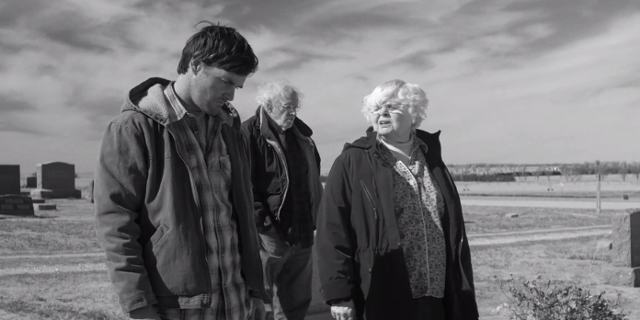 On Sunday’s Downton Abbey finale, Rose finally was presented to society in a majestic ceremony with much elegance. I didn’t realize these women were presented to the King and Queen. I expected something like the presentation balls in the States (not that I’d been to one). I’ve read plenty of books and seen many BBC dramas, where this is mentioned, but I’m glad Downton showed us the real spectacle. Both Cora and Lord Grantham were stunning, as was Rose.
On Sunday’s Downton Abbey finale, Rose finally was presented to society in a majestic ceremony with much elegance. I didn’t realize these women were presented to the King and Queen. I expected something like the presentation balls in the States (not that I’d been to one). I’ve read plenty of books and seen many BBC dramas, where this is mentioned, but I’m glad Downton showed us the real spectacle. Both Cora and Lord Grantham were stunning, as was Rose.
Thanks to my friendly, public library reference services, I’ve found out a bit about all this Presentation business:
From ABC-CLIO’s Daily Life through History website
http://dailylife.abc-clio.com/debutante balls
The word debutante comes from the French, debut, which means, “beginning.” The young woman is said to be “coming out” when she is introduced, implying that she is leaving the sheltered world of family life to join a wider society. The tradition of formal presentation of a young woman is rooted in an old English practice where daughters of the aristocracy, who married within a very small circle of elite families, were presented to those of similar social standing when they reached a marriageable age. The practice continues to be associated generally with wealthy and socially prominent families.
In England, presentations took place during “The London Season,” which usually coincided with the sitting of Parliament. Generally, it began after Easter and continued until August when the grouse-hunting season started. Families of wealth and position made a mass migration from their country estates to London for “The Season,” to exchange their quiet life of limited entertainment for days of shopping, riding, and visiting; and evenings of theater, dances, and balls. It was regarded as the chance for young men and women of position to mingle and find a marriageable partner. Marriages were more likely to be made on the basis of social connections, eligibility, and finances than on common interests, compatibility, and love.
Before a young woman could join in the social activities of “The Season,” she had to be presented at court to the queen. This typically took place when she reached 18. Prior to that time the activities of a young woman of social position would be restricted to attendance at school and limited participation in any social functions. While the actual presentation would only take a few minutes, preparations for the event were extensive. There were rigidly prescribed rules for presentation that extended to dress and accessories. Unmarried women were expected to wear a white gown, although soft color over a white background was permitted. The gown had to have a train. The headdress had to have feathers and a tulle veil long enough to reach the train. The number and size of the feathers on a headdress varied with the whim of the monarch. Queen Victoria favored three large feathers.
Continue reading “Downton Abbey: Presentation balls”

























